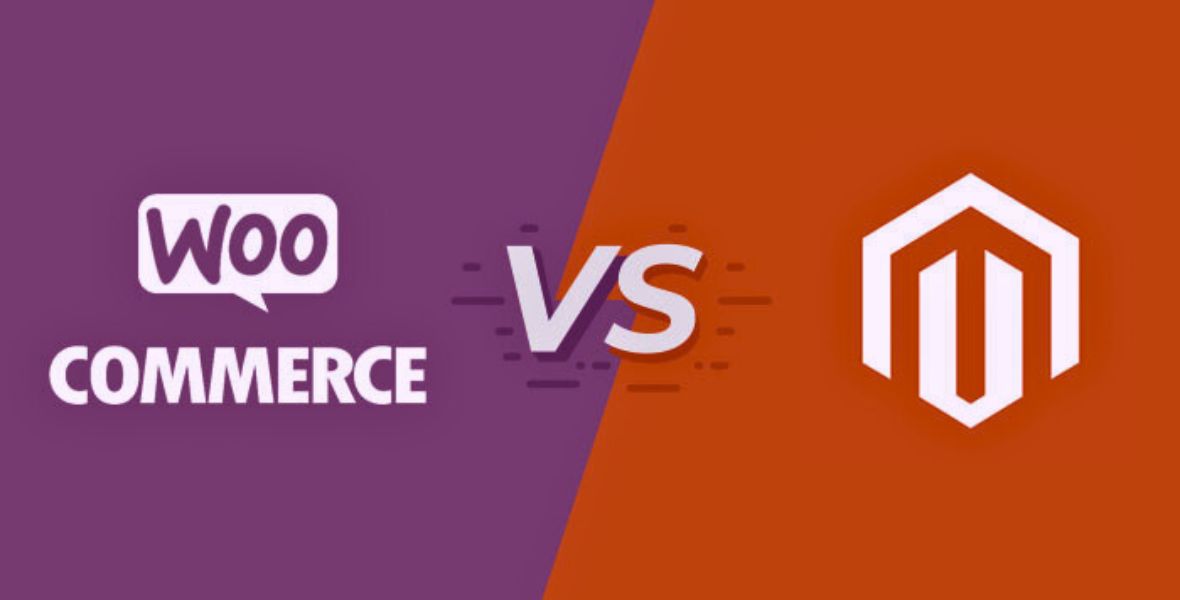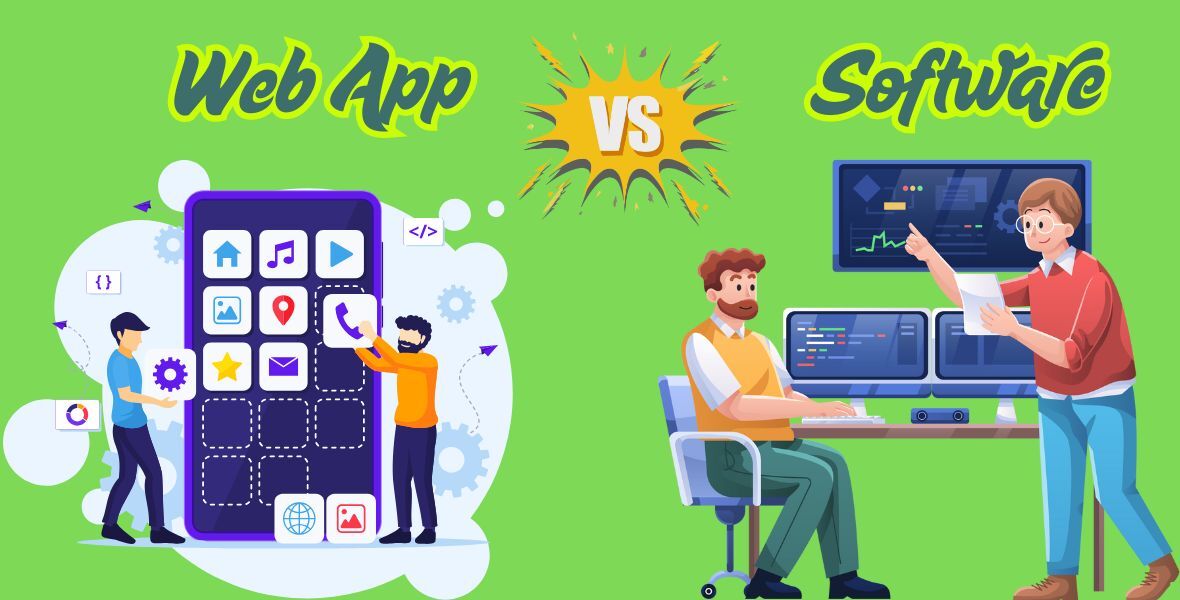Magento vs WooCommerce 2025: Best Ecommerce Platform Comparison

I know picking an ecommerce platform can feel like a big decision. You want something that fits your business, grows with you, and doesn’t break the bank. Magento and WooCommerce are top players, each with unique strengths. This article dives deep into their differences, covering features, pricing, and scalability to help you choose.
Whether you’re running a small shop or a large store, I’ll guide you through Magento vs WooCommerce in a clear, conversational way. Let’s find the best ecommerce platform for your 2025 goals.
What Is Magento?
Let’s kick things off with Magento. It’s a powerful ecommerce platform designed for businesses with complex needs. Owned by Adobe, Magento offers an open-source version and a premium Commerce edition. Large stores choose it for its scalability and advanced tools.
Table of Contents
Magento’s Core Strengths
- Magento excels in handling large-scale operations.
- You get robust inventory management, detailed analytics, and multi-store capabilities.
- It supports thousands of products and high traffic, making it perfect for enterprises.
Who Uses Magento?
Brands like Nike and Ford rely on Magento. It’s ideal for businesses with technical teams who can customize it. Small businesses without coding skills might find it challenging.
Magento’s Market Position
Magento powers about 10% of online stores in 2023. Its focus on enterprise ecommerce makes it a favorite for businesses with big ambitions.
What Is WooCommerce?
Now, let’s switch to WooCommerce. It’s a free plugin that transforms WordPress sites into ecommerce stores. Developed by Automatics, it holds a 38.74% market share. It’s a go-to for beginners and small businesses.
WooCommerce’s Key Features
- WooCommerce integrates seamlessly with WordPress, offering access to thousands of themes and plugins.
- You can set up a store quickly without coding.
- Its flexibility and affordability make it ideal for startups.
Who Chooses WooCommerce?
Small to medium businesses love WooCommerce. If you use WordPress, it’s a natural fit. Larger stores can use it too, but they often need extra plugins.
Need some customized plugins for your WP site? Order now!
WooCommerce’s Popularity
WooCommerce dominates thanks to WordPress. With over 400 extensions, it’s versatile and budget-friendly. It’s the top choice for cost-conscious entrepreneurs starting their ecommerce journey.
Comparison Table: Magento vs WooCommerce
Here’s a quick look at how Magento and WooCommerce stack up across key features.
| Feature | Magento | WooCommerce |
| Ease of Use | Complex, needs technical skills | Beginner-friendly, WordPress-based |
| Customization | High, developer-driven | Plugin and theme-based, user-friendly |
| Scalability | Excellent for large stores | Good, needs optimization for big stores |
| Security | Enterprise-grade, PCI-compliant | Relies on hosting and plugins |
| Performance | Fast for high-traffic sites | Varies, plugin-dependent |
| Cost | Free Open Source, Commerce ~$2,000/month | Free, plugins/hosting add costs |
| SEO | Built-in tools | Enhanced by WordPress plugins |
| Mobile Responsiveness | Customizable themes | Vast responsive theme library |
| Multi-Language Support | Built-in | Plugin-based |
| Inventory Management | Advanced, multi-warehouse | Basic, plugin-enhanced |
Comparing Features: Magento vs WooCommerce
Let’s dive into the nitty-gritty. I’ll compare Magento and WooCommerce across essential features to help you decide which platform suits your ecommerce needs best.
Ease of Use
Starting with usability, WooCommerce shines for beginners. Its WordPress-based dashboard is intuitive. You can launch a store in hours without coding.
Magento feels complex. Its interface requires technical skills, and setup often needs developers. If you’re not tech-savvy, expect a learning curve.
Customization Options
Customization shapes your store. Magento offers unmatched flexibility for developers. You can code unique features, but it demands expertise.
WooCommerce uses plugins and themes for customization. With thousands of options, you can create a unique store without coding, making it ideal for non-technical users.
Scalability
Growth is key in ecommerce. Magento handles massive product catalogs and traffic spikes effortlessly. It’s built for large stores like HP.
WooCommerce scales well with the right hosting. It supports unlimited products but may struggle with huge stores unless optimized.
Security Features
Security protects your business. Magento provides enterprise-level protection with regular patches and PCI compliance. It’s ideal for high-stakes stores.
WooCommerce’s security depends on hosting and plugins. SSL support and extensions like Wordfence help, but you must stay vigilant.
Advanced Feature Set
Magento’s advanced tools include multi-store management, detailed customer segmentation, and built-in upselling features. These cater to complex businesses with global operations.
WooCommerce offers basic ecommerce features out of the box. Plugins add advanced functionality like subscriptions or dynamic pricing, but they require extra setup.
Performance and Speed
Speed drives sales. Magento delivers fast load times for large stores, especially with optimized hosting. Studies show it outperforms WooCommerce for high-traffic sites.
WooCommerce’s performance depends on plugins and themes. Managed hosting like Kinsta improves speed, but heavy extensions can slow it down.
Payment Gateways
Payments matter. Magento includes PayPal and Braintree natively, with extensions for global gateways. It’s flexible for international stores.
WooCommerce supports PayPal and Stripe by default. It has 400+ extensions that add gateways like Amazon Pay, making it versatile.
Shipping Options
Shipping impacts customer experience. Magento offers advanced shipping rules that integrate with FedEx and UPS. You can set complex logic for global delivery.
WooCommerce connects with major carriers. Its simpler setup relies on plugins for advanced shipping needs, suiting smaller stores.
SEO Capabilities
Ranking high boosts sales. WooCommerce leverages WordPress plugins like Yoast for Magento vs WooCommerce SEO differences. You can optimize pages easily.
Magento includes built-in SEO tools. You can edit meta tags and URLs directly, but it’s less user-friendly than WooCommerce’s plugin approach.
Mobile Responsiveness
Mobile shopping is huge. WooCommerce offers thousands of responsive WordPress themes, ensuring your store looks great on phones.
Magento supports responsive themes, but options are limited. Custom development is often needed, increasing costs.
Multi-Language Support
Global stores need flexibility. Magento provides built-in multi-language and multi-currency support, perfect for international customers.
WooCommerce handles languages via plugins like WPML. It’s effective but requires extra configuration, which can challenge beginners.
Inventory and Order Management
Stock management keeps things smooth. Magento’s advanced tools track products across multiple warehouses, ideal for large stores.
WooCommerce offers basic inventory management. Plugins like TradeGecko add depth, but they increase costs and setup time.
Customer Management
Customers drive revenue. Magento provides detailed profiles and segmentation tools. You can target specific groups, perfect for enterprises.
WooCommerce’s customer management is basic. Plugins enhance functionality, but they don’t match Magento’s depth for large operations.
Analytics and Reporting
Data informs strategy. Magento’s built-in analytics tracks sales, customers, and performance comprehensively. It saves you from extra tools.
WooCommerce relies on plugins like Google Analytics. It’s flexible but requires setup, which can be time-consuming for beginners.
Themes and Plugins
Your store’s design matters. WooCommerce benefits from WordPress’s vast theme library. You’ll find thousands of affordable and customizable options.
Magento offers fewer themes. They’re highly customizable but often require developer work, raising costs by several means.
Extension Ecosystem
Extensions add functionality. WooCommerce’s 400+ extensions are often affordable or free. You can add features like subscriptions easily.
Magento’s 4,000 extensions are powerful but costly. They cater to complex needs, but expenses can add up.
Cost Breakdown
Budget shapes your choice. Magento’s Open Source version is free, but the Commerce edition starts at $2,000/month. Hosting and developers add costs.
WooCommerce is free to start. Plugins, themes, and hosting ($10-$100/month) increase expenses, but it’s cheaper overall.
Hidden Costs
Extras can surprise you. Magento often requires developers, driving up costs. Hosting for large stores is pricey.
WooCommerce’s costs include premium plugins and managed hosting. These are lower than Magento’s, but they can catch small businesses off guard.
Scalability for Growth
Planning to expand? Magento handles huge product catalogs and traffic spikes. It powers large stores like Land Rover.
WooCommerce supports growth with proper hosting. It’s great for small businesses scaling gradually, but may need tweaks for large stores.
Real-World Examples
Examples clarify capabilities. Magento runs complex stores like Coca-Cola, managing global operations. WooCommerce powers smaller shops like Allbirds, leveraging WordPress simplicity.
Security in Depth
Safety is critical. Magento offers enterprise-grade protection with regular patches and PCI compliance. It’s built for high-stakes stores.
WooCommerce’s security relies on hosting and plugins. SSL and extensions like Wordfence help, but you must stay proactive.
Best Practices
Protect your store. For Magento, apply patches promptly and use secure hosting. For WooCommerce, choose reliable hosting and update plugins regularly.
Monitoring and Backups
Stay vigilant. Magento users should monitor logs and schedule backups to prevent data loss. WooCommerce users benefit from automated backup plugins to ensure quick recovery.
User Experience
Your experience shapes efficiency. Magento’s admin panel is powerful but complex. It suits developers managing large stores.
WooCommerce’s dashboard is intuitive. If you know WordPress, you’ll feel at home, making it ideal for beginners.
Admin Interface
The admin experience matters. Magento’s interface offers deep control over store settings, but its complexity can overwhelm non-technical users.
WooCommerce’s admin is user-friendly. Its WordPress integration simplifies product and order management, perfect for small business owners.
Checkout Flow
Checkout affects conversions. Magento’s customizable checkout supports complex flows, ideal for large stores with unique needs.
WooCommerce offers a streamlined checkout. Plugins like CheckoutWC enhance functionality, but it’s simpler than Magento’s.
Customer Support Access
Support keeps things running. Magento’s Open Source version relies on community forums, while Commerce offers dedicated help.
WooCommerce provides community support and premium extension help. Its WordPress ecosystem ensures ample resources.
Integration Options
Tools streamline operations. WooCommerce integrates with countless WordPress plugins, from marketing to CRMs.
Magento’s APIs support custom integrations. It connects with enterprise tools, but setup is complex.
Popular Integrations
Integrations boost efficiency. WooCommerce connects seamlessly with Google Analytics, Mailchimp, and HubSpot for marketing and analytics. Plugins like Zapier expand options.
Magento integrates with Salesforce, Oracle, and SAP for enterprise needs. Its APIs allow custom connections, ideal for complex businesses.
Magento vs WooCommerce Pros and Cons
Let’s weigh the strengths and weaknesses. Both platforms excel in ecommerce, but their advantages and drawbacks suit different businesses. I’ll break down what makes each shine and where they fall short to guide your decision.
Magento’s Pros
Magento handles large stores effortlessly. You get advanced features like multi-store management and detailed analytics. Its scalability supports thousands of products and high traffic.
Security is a strength. Magento offers PCI compliance and regular patches, ensuring safety for enterprise-level stores. It’s trusted by brands like Ford.
Customization is unmatched. Developers can build unique stores with custom code, giving you full control over functionality and design.
Magento’s Cons
Complexity is a hurdle. Magento’s interface requires technical skills, and setup often needs developers, increasing costs.
Pricing can sting. The Commerce edition starts at $2,000/month, and hosting adds up. Small businesses may find it unaffordable.
Maintenance demands time. Regular updates and customizations require ongoing developer support, which can overwhelm smaller teams.
WooCommerce’s Pros
WooCommerce is beginner-friendly. Its WordPress integration makes setup easy, even without coding skills. You can launch a store quickly.
Affordability stands out. The core plugin is free, and hosting starts at $10/month. Plugins and themes are often budget-friendly.
The plugin ecosystem is vast. With over 400 extensions, you can add features like subscriptions or SEO tools easily.
WooCommerce’s Cons
Scalability has limits. WooCommerce handles growth but struggles with massive stores unless optimized with premium hosting.
Plugin reliance adds complexity. Advanced features require multiple extensions, which can increase costs and slow performance.
Security depends on you. WooCommerce’s protection relies on hosting and plugins, requiring proactive management.
Choosing the Right Platform
Your business needs drive your choice. WooCommerce suits small businesses with its simplicity and low cost. Magento is better for large stores with complex requirements.
Technical Expertise
Got coding skills? Magento’s flexibility rewards developers with custom solutions. If you’re not technical, WooCommerce’s plug-and-play setup saves time.
Budget Considerations
Money matters. WooCommerce keeps costs low, ideal for startups. Magento’s advanced features come with high costs, better for enterprises.
Future Growth Plans
Think long-term. Magento supports rapid expansion with robust tools, perfect for large stores. WooCommerce works for gradual growth but needs optimization for scale.
FAQs
Which is better, Magento or WooCommerce?
Magento suits large stores with complex needs. WooCommerce is better for small businesses seeking affordability and ease.
Is there anything better than WooCommerce?
Shopify or BigCommerce may fit specific needs. WooCommerce excels for WordPress users with flexibility and low costs.
Is WordPress better than Magento?
WordPress with WooCommerce is simpler and cheaper. Magento offers more power for large stores but needs expertise.
Why is Magento so expensive?
Magento’s Commerce edition costs $2,000/month, and developers add expenses. It’s built for enterprises.
Is WooCommerce a good website builder?
WooCommerce is a WordPress plugin, not a standalone builder. It’s great for affordable, flexible ecommerce solutions.
Need Ecommerce Solutions? We Can Help
Choosing between Magento and WooCommerce depends on your goals. Magento powers large stores with scalability and advanced features, but it’s complex and costly. WooCommerce offers simplicity and affordability, ideal for beginners. Evaluate your budget, skills, and growth plans to pick the best platform.
Ready to start your store? Whether you pick Magento or WooCommerce, TheSoftKing provides expert ecommerce solutions and consultation.
Visit TheSoftKing services to build your perfect store today. Or you can submit your mail and opinions below for an open discussion.
Give a Form Here




